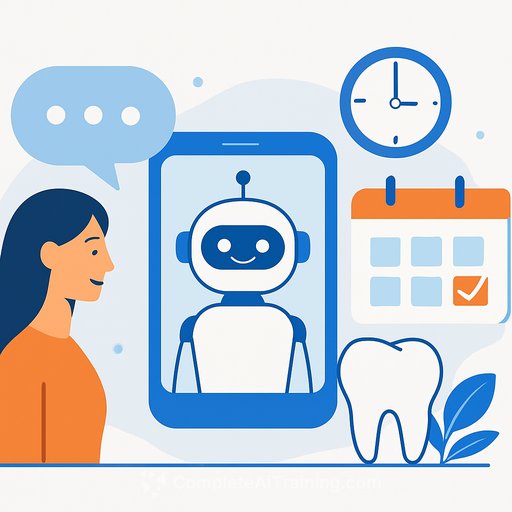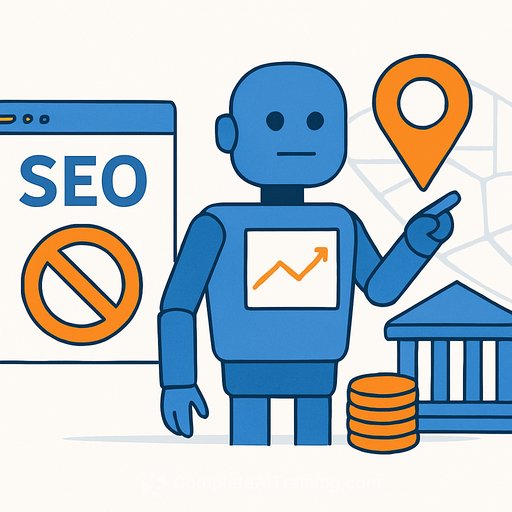Five ways AI is transforming dental marketing in 2025
Picture this: your next patient finds you after a 15-minute chat with Google's assistant about dental anxiety and treatment options. The assistant doesn't just list clinics. It explains why your practice fits their needs and suggests the best time to call.
That scene is here. Google is integrating ads into AI mode for 100M+ users in Q4 2025, flipping how discovery and demand capture work for local care. Here's how it's changing patient acquisition for dental practices-and what to do now.
1. The end of keyword targeting
Old-school SEO built around single keywords is fading. Google's systems read full conversations, digital footprints (YouTube views, past bookings, on-site behaviour), and rich intent signals.
What this means: Your practice can surface during long, back-and-forths about fear, finance, or Invisalign-moments that didn't exist in classic search. Queries are getting longer as people talk to assistants instead of typing two words.
2. AI mode ads change patient discovery
Think of it like a personal scheduler that spots high intent and can move a user from research to appointment. Intent signals carry roughly 10x more weight than simple keyword matches.
What this means: Ads trigger when someone is ready to act, not just browsing. Your reviews, social content, site copy, and pricing pages become inputs the assistant uses to decide whether to recommend you.
3. Feed hygiene is now critical
Google's term says it well: keep every data feed clean and current. Incomplete hours, old photos, or thin service pages can block you from AI recommendations.
What this means: Treat every touchpoint as fuel-Google Business Profile, website schema, reviews across platforms, and social posts. Keep them consistent, accurate, and fresh. Start with your listing: update categories, services, hours, and photos, and follow Google's guidance for local ranking.
4. Hyper-personalised patient experiences
AI looks at behaviour-pages viewed, time on content, form fields, and past chats-to shape nurturing flows. Your CRM can predict lead quality and schedule follow-ups at the moments they're most likely to respond.
What this means: Someone enquires about Invisalign and gets messages, offers, and reminders based on their specific interests and behaviour patterns. It's not intrusive; it's timely and useful.
5. Conversational content wins
Assistants parse full conversations, not isolated phrases. Content that mirrors natural patient questions gets picked up more often.
What this means: Structure pages around questions and answers: costs, pain, recovery, time to results, and who it's for. Keep content fresh across web, video, and social so the assistant has evidence you're active and credible.
What to do now
- Audit every public profile: name, address, phone, hours, services, pricing pages, photos, and FAQs. Clean up duplicates and fix inconsistencies.
- Strengthen proof: publish real photos, short videos, before-and-after galleries, and patient stories (with consent). Authentic beats stock every time.
- Optimise for conversations: rewrite pages around real questions; add concise answers, comparison sections, and clear calls to action.
- Prepare for new ad formats: set up tracking, conversions, first-party audiences, and start testing AI/"Max" campaign types. For context, review Performance Max basics.
- Tidy your feeds: keep Google Business Profile, service feeds, and site schema synced and current.
- Work with specialists: implement while your team focuses on patient care. If you want structured upskilling, see the AI certification for marketing specialists.
The shift to AI-driven marketing isn't coming-it's already here. Teams that move early, get their data in order, and test into these formats will pull ahead while others wait.
Your next patients are already asking assistants for help. Make sure the answer points to you.
Your membership also unlocks:






